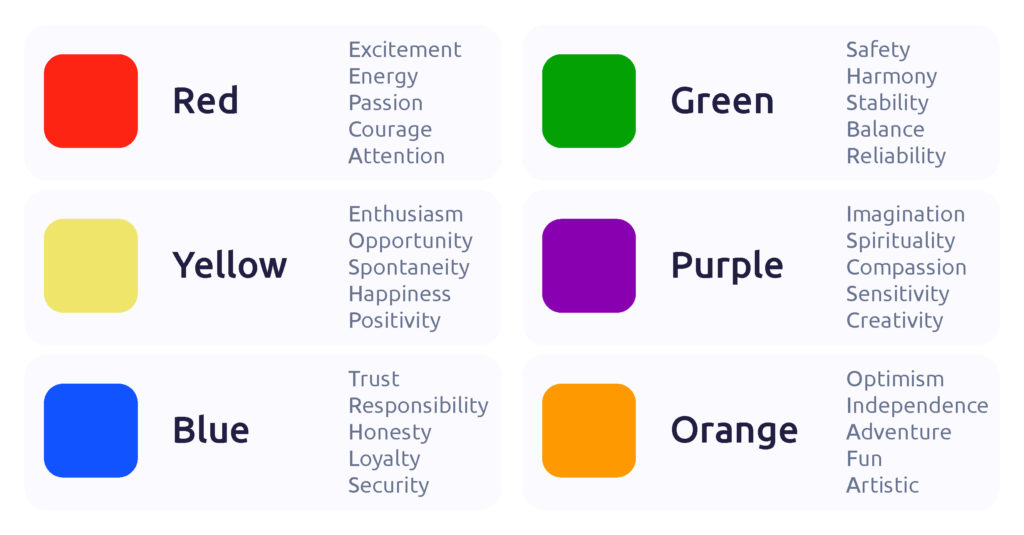
Why we decided to become a virtual office company
COVID-19 made all companies and individuals rethink their stance on remote work. Find out why we became a virtual office company.
When the pandemic began, a lot changed. However, we realised there was a lot to gain from this challenging situation – from environmental impact and diversity.
While remote working had already been gaining traction in the last few years, the COVID-19 pandemic made all companies and individuals rethink their stance. As working from home became necessary without warning or guidance, it felt like an even more daunting prospect for many.
However, the pandemic has forced us to review our processes and standards – including the benefit of being a virtual office. As we are starting to see the light at the end of the tunnel, here’s some of the things that we learnt and where we’re headed now.
Positive environmental impact
Given the current climate crisis, the environment is one of the most important benefits to the virtual office.
Commuting to work is one of the biggest contributors to greenhouse emissions. According to Global Workforce Analytics, working from home for even half the week can reduce emissions by 54 million tons every year. The easiest way for us to reduce our greenhouse emissions as a company is simply to cut down the team’s commute time.
A virtual office also means less waste. Offices in the UK produce an average of 500kg of waste per employee each year, with the commercial sector accounting for 12% of all UK waste. When working virtually, our team members generate less personal waste (with more food being made at home) and paper waste, as most materials are shared online.
Lightened stress levels
Empowering our team by giving them trust and guidance is one of the pillars at RightMarket. It has also become key when working virtually. Remote work has meant everyone in the team is in control of their time and their work always gets done.
Removing the commute, saving money on food and beverage and having more efficient meetings generally leads to more productivity and a less stressful home life. A Flexjobs survey found that 73% of people had better work-life balance while working from home. 51% reported being more productive.
This does not mean we have stopped checking on our team’s mental health. Data suggests that 69% of employees experience burnout symptoms while working from home.
If you’re considering taking the leap to a virtual office permanently, make sure to check in with your team and ensure they are finding the right balance. This will allow you to protect their mental health and retain a happier workforce.

Diversity
Hiring remotely has allowed us to work with different geographic and cultural backgrounds, broadening our perspective and inclusivity. This was challenging to achieve when we were looking for team members in a specific area.
For example, we hired a designer who specialises in inclusive design for our rebrand. She offered a perspective we needed and hadn’t found. The fact that she works in France would have been a deterrent before we went virtual, but was easy sailing after.
Moving remotely helped us realise that many companies fall into location bias, where they believe a cultural fit is due to where people are located. This excludes a vast amount of talented people whose values potentially fit the organisation but can’t relocate.
In the future, the diversity advantage of the virtual office will also translate into giving opportunities to those who might have a hard time commuting or relocating, such as people with disabilities.
It means more people have access to the job market, while we benefit from a wider pool of skills that fit our goals.
Find out more
As a virtual office company, we’ve become stronger. Our workforce is more diverse, giving us the skills we need to serve our customers better. We’ve also reduced our environmental impact, helping us to contribute to the global climate change fight.
The changes have also allowed us to focus on what matters: delivering value to our customers and helping them to achieve their goals. If you’re looking for brand management support, find out why we’re the partner to turn to.









